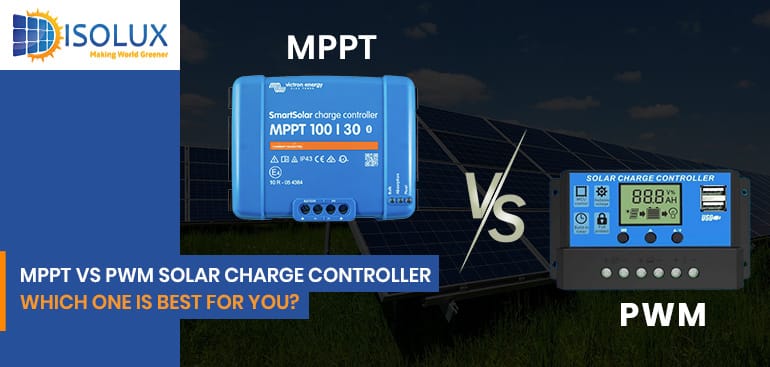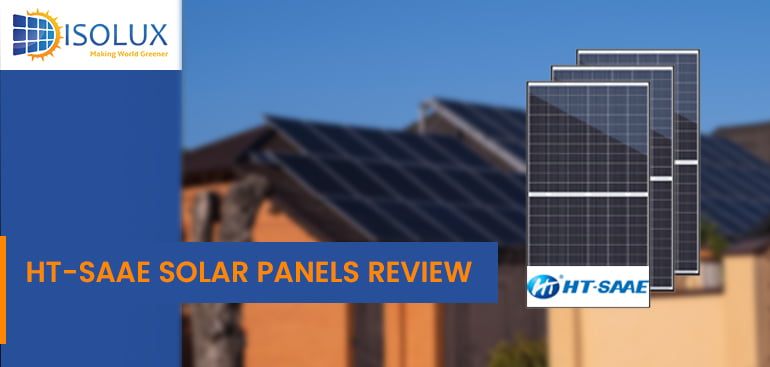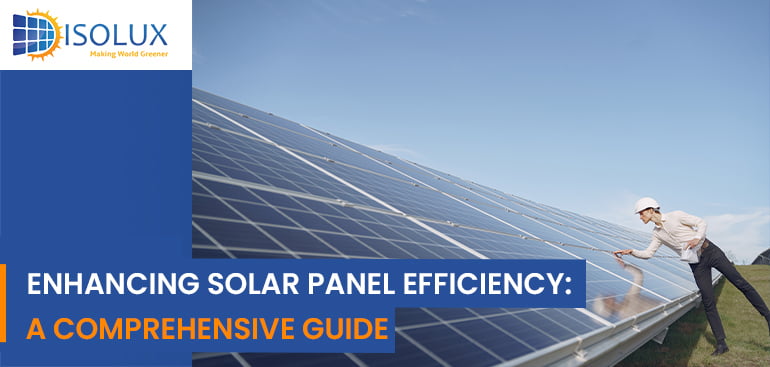When setting up a solar power system, choosing the right solar charge controller is crucial to optimising performance and efficiency. Two primary types dominate the market: MPPT (Maximum Power Point Tracking) and PWM (Pulse Width Modulation) charge controllers. Understand MPPT vs PWM Solar Charge Controller that can help you make an informed decision, ensuring your solar system operates at peak efficiency.
What is a Solar Charge Controller?
A solar charge controller is an essential component of a solar power system. It regulates the voltage and current flowing from the solar panels to the battery, preventing overcharging and extending battery life. The two main types, MPPT and PWM, operate differently and have distinct advantages and limitations.
What is a PWM Charge Controller?
A PWM (Pulse Width Modulation) charge controller is a simpler and more affordable option commonly used in small solar power systems. It works by reducing the voltage of the solar panel to match the battery’s voltage, ensuring safe charging.
Advantages of PWM Charge Controllers
Cost-Effective: More affordable than MPPT controllers.
Simple and Reliable: Fewer components mean less maintenance and a longer lifespan.
Best for Small Systems: Ideal for low-power applications such as RVs, boats, and small off-grid setups.
Limitations of PWM Charge Controllers
Lower Efficiency: Typically, only about 70-80% efficient compared to MPPT controllers.
Voltage Drop Issues: Cannot utilise the full power potential of high-voltage solar panels.
Not Suitable for Large Systems: Less effective in large-scale solar installations.
What is an MPPT Charge Controller?
An MPPT (Maximum Power Point Tracking) charge controller is a more advanced and efficient type of controller that dynamically adjusts the input voltage to extract the maximum available power from the solar panels.
Advantages of MPPT Charge Controllers
Higher Efficiency: Typically 95% or more efficient, making them ideal for larger solar systems.
Maximises Power Output: Optimises the voltage to get the most energy from solar panels.
Works with Higher Voltage Panels: Can convert excess voltage into additional current, improving charging efficiency.
Better Performance in Low Light Conditions: More effective in cloudy or shaded conditions.
Limitations of MPPT Charge Controllers
Higher Cost: More expensive than PWM controllers.
Complex Design: Requires more components and higher technical expertise to install and maintain.
MPPT vs PWM: Key Differences
| Feature | PWM Charge Controller | MPPT Charge Controller |
| Efficiency | 70-80% | 95% or more |
| Cost | Lower | Higher |
| Complexity | Simple | Advanced |
| Best for Small Systems | Yes | No |
| Best for Large Systems | No | Yes |
| Performance in Low Light | Poor | Excellent |
| Utilises High Voltage Panels | No | Yes |
Which One Should You Choose?
Choose PWM if
You are on a budget.
Your solar panel and battery voltage are the same.
You have a small system for RVs, boats, or cabins.
Choose MPPT if:
You want maximum efficiency.
You have a large solar setup.
Your solar panel voltage is higher than your battery voltage.
You need better performance in variable weather conditions.
Conclusion
When deciding between MPPT and PWM solar charge controllers, your choice should be based on your budget, system size, and energy needs. While PWM controllers are cost-effective for small applications, MPPT controllers offer superior efficiency and are ideal for larger systems.
If you need expert advice on selecting the right solar charge controller for your system, Isolux Solar is here to help. We provide high-quality solar solutions in Sydney, Perth, and Brisbane, ensuring you get the best performance from your solar setup.
Ready to Upgrade Your Solar System?
Get a free solar panel quote from Isolux Solar today for solar panel installation in Sydney that maximize your saving!
Also read:




